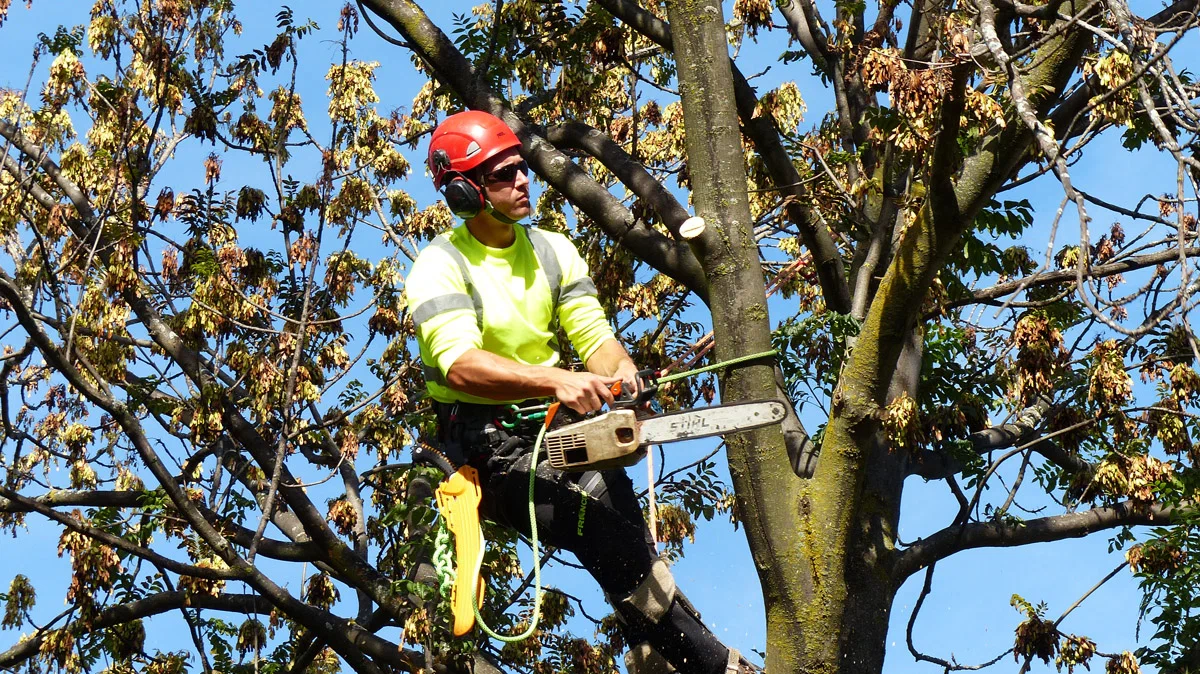In an age where environmental awareness is more important than ever, the decision to remove a tree should never be taken lightly. Trees aren’t just decorative — they are vital to urban biodiversity, air purification, temperature regulation, and flood prevention. Yet, in cities like Wolverhampton, where development and space constraints are often at odds with green preservation, tree removal becomes an unavoidable reality.
But what is the true environmental impact of tree removal, and more importantly, how can we soften the blow? This blog explores the consequences and responsible practices every homeowner, land developer, or gardener should know.
Why Tree Removal Happens – A Necessary Risk?
In Wolverhampton’s blend of Victorian homes, modern housing estates, and expanding infrastructure, trees can sometimes pose safety hazards or obstruct necessary development. Diseased or dead trees can become unstable, threatening buildings, vehicles, or pedestrians. Sometimes, removal is necessary for construction projects or simply to prevent roots from damaging foundations and underground utilities.
The Environmental Consequences of Tree Removal
The impact of tree removal extends beyond the immediate loss of greenery. It can lead to soil erosion, increased air pollution, higher urban temperatures, and reduced biodiversity. Fewer trees mean more carbon dioxide in the air, more surface runoff during heavy rains, and fewer habitats for birds and small mammals.
In urban areas like Wolverhampton, where green spaces are already limited, every tree matters. Their canopies provide cooling shade, their roots anchor the soil, and their presence absorbs pollutants. The moment a tree is felled, a ripple effect begins — one that affects everything from insect populations to air quality.
Responsible Alternatives to Tree Removal
Of course, not every problematic tree needs to be removed. Often, careful management can resolve concerns while preserving the tree.
One common method is crown lifting, which involves removing the lower branches of a tree to increase clearance beneath it. This approach can resolve issues like blocked paths, reduced visibility, or damage to roofs, all without harming the tree’s health or removing it entirely.
Another vital practice is deadwood removal. Dead limbs can become hazardous during storms or high winds, but removing them can make a tree safer and even healthier, as it prevents decay from spreading. Similarly, tree pruning helps control growth, improve shape, and reduce the risk of breakage while maintaining the tree’s ecosystem function.
These methods are often far less invasive than complete removal and retain the environmental value trees provide.
Real-Life in Wolverhampton: A Case for Prudent Tree Care
Take, for example, the recent regeneration efforts in Wolverhampton’s West Park area. Instead of removing older trees that obstructed new pathway plans, the council opted for crown lifting and selective pruning, preserving the park’s historic trees while improving public access and safety.
This decision wasn’t just cost-effective — it preserved vital tree canopy, maintained wildlife habitats, and demonstrated that tree care doesn’t have to be an all-or-nothing approach. Local arborists collaborated with conservationists to ensure the park’s natural character remained intact, even as it adapted to modern needs.
Choosing the Right Tree Care Approach
Not every tree can be saved — that’s a fact. But with expert advice and a long-term view, many can be managed rather than destroyed. This is where the expertise of certified arborists and tree surgeons becomes invaluable.
A professional can assess whether a tree poses a genuine threat, or if non-invasive techniques like tree pruning or deadwood removal are sufficient. In many cases, what appears to be a dying tree may actually be in recovery or suffering from a temporary condition that’s treatable.
When removal is the only option, mitigating strategies should follow — such as replanting native species in the same area or supporting community tree-planting schemes elsewhere in Wolverhampton.
Creating a Greener Future: How You Can Help
If you’re a homeowner, contractor, or developer, your choices matter. Prioritise maintenance over removal, invest in proper tree care, and support urban forestry initiatives.
When you do need to remove a tree, work with local professionals who understand Wolverhampton’s environmental landscape. Replacing lost trees, maintaining those still standing, and engaging with sustainable practices all contribute to healthier urban ecosystems.
Final Thoughts
The impact of tree removal doesn’t end with a cleared stump — it affects the climate, biodiversity, and overall health of our communities. But it doesn’t have to be all doom and gloom. Through informed decisions, practices like crown lifting, deadwood removal, and expert tree pruning, we can strike a balance between safety, progress, and environmental responsibility.
If you’re facing a tree-related decision, don’t go it alone. At Wolverhampton Tree Surgeon, we offer expert assessments and sustainable solutions tailored to your needs. Let’s work together to protect the green heart of Wolverhampton.
Get in touch today for a free consultation or visit our tree services page to learn more about how we can help.


Comments are closed